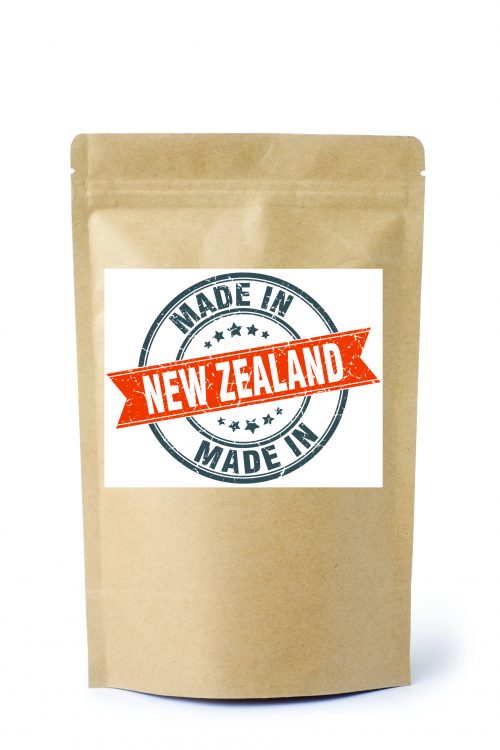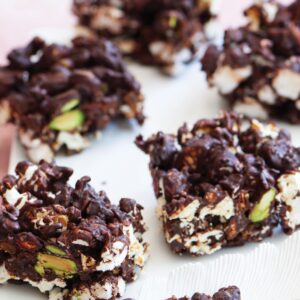
Most consumers want to know where the food they’re eating has been grown and made — especially after recent food scares and recalls (like the hepatitis A in frozen berries case). Ciska de Rijk and Gwendoline Keel, food law specialists at Simpson Grierson, explain the law around this.
What’s the law got to say?
New Zealand doesn’t have compulsory country of origin labelling for food, so packaging isn’t required to state where the product was made. But if the package does state where it was made, that claim must be true, not misleading, and capable of being substantiated by the company making it. Otherwise it breaches the Fair Trading Act 1986, which is enforced by the Commerce Commission. Visit www.comcom.govt.nz/fair-trading to learn more.
Where’s the line in the sand?
If food is simply mixed and packaged in New Zealand, it is misleading to say it is ‘New Zealand made’. In a recent case, the High Court found New Zealand Nutritionals Ltd made misleading ‘New Zealand made’ claims for two of its products. Its Vitafit Goats’ Milk Powder and Pro-life Goats’ Milk and Calcium Tablets were labelled ‘100% New Zealand made’ when all the active ingredients were imported from overseas. The company argued that because the manufacturing process occurred in New Zealand, the claim was okay. This was rejected by the court with the judge saying, “It is unrealistic to suggest… a reasonable person would deconstruct the process in their mind and consider that if the powder was imported into New Zealand, then blended, as is the present case, it could be said to be made in New Zealand.”
What’s up over the ditch?
In Australia, country of origin labelling is mandatory and more stringent requirements have recently been implemented. The new system requires standard phrases and inclusion of a graphic to identify food grown or made in Australia, as well as details of the proportion of Australian ingredients by weight. The Ministry for Primary Industries in New Zealand has currently ruled out adopting such a system here.
Consumer tip
If a product states it is ‘Made in New Zealand’, this does not necessarily mean all the ingredients in the product are from New Zealand. Read the packaging carefully, and visit the food producer’s website for more detailed information, or to ask questions.
www.healthyfood.com










